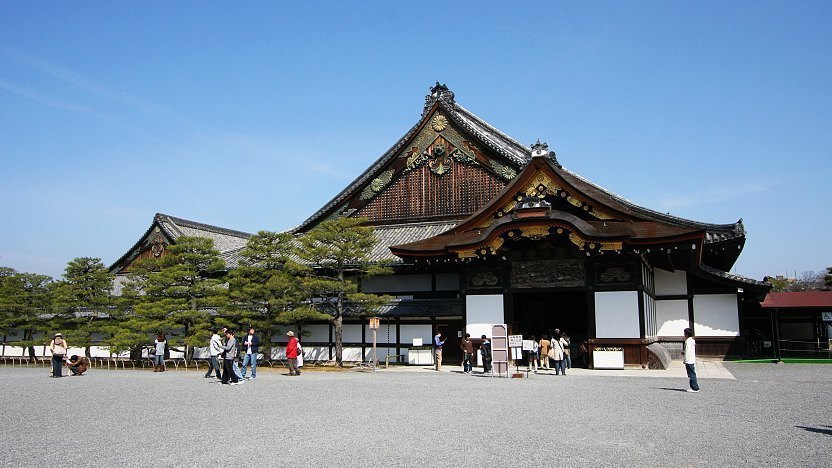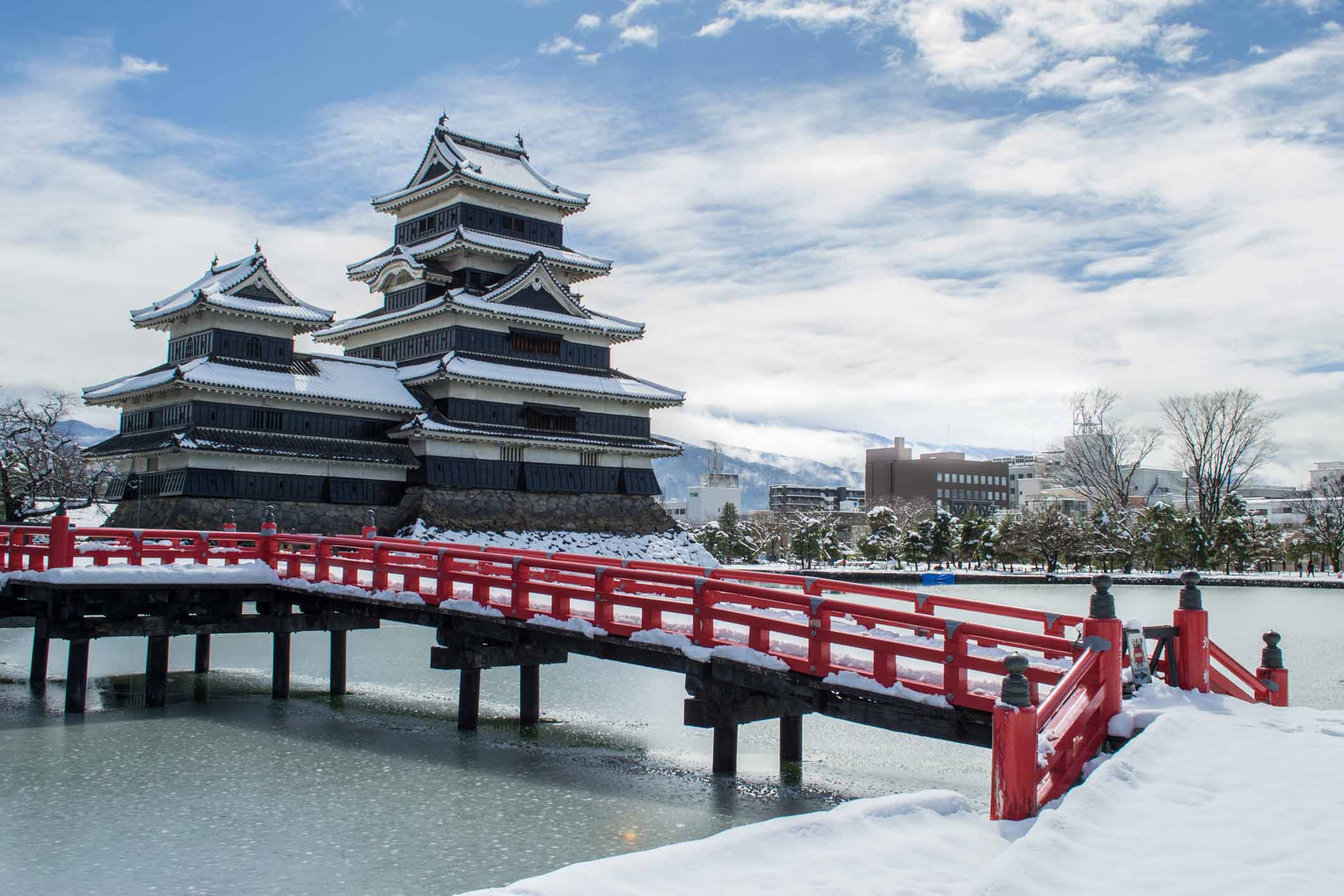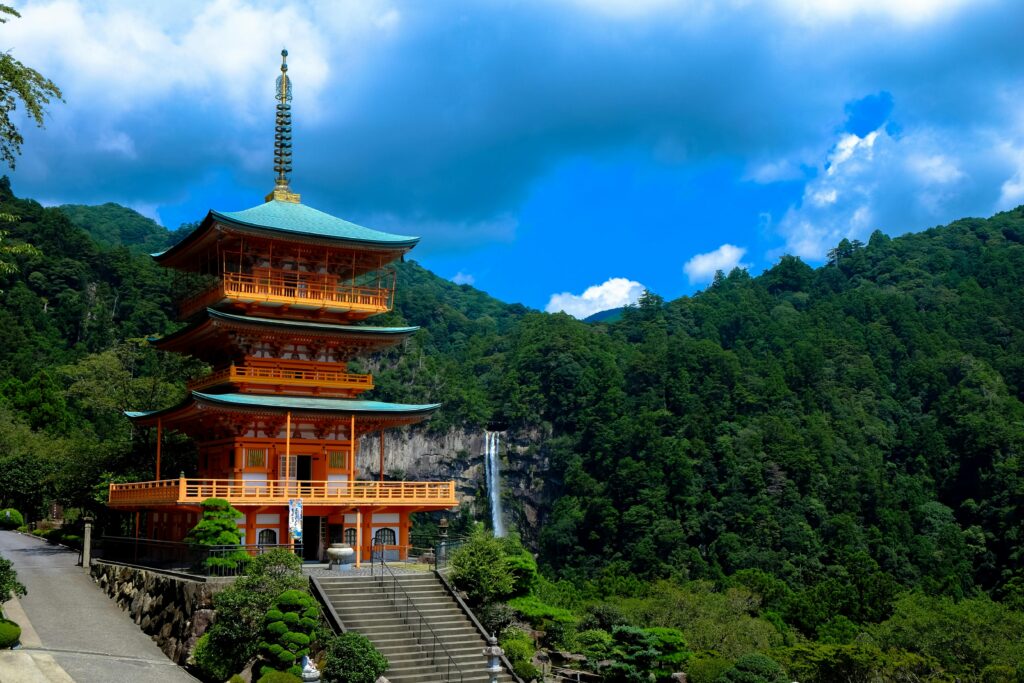
Are you ready for a journey through time in the Land of the Rising Sun? Japan’s rich history comes alive in its stunning historical sites.
From ancient temples to feudal castles, you’ll find yourself transported to different eras. This article will guide you through seven must-visit historical sites in Japan. You’ll discover the stories behind these landmarks and why they’re worth your time.
Japan’s history spans thousands of years, from ancient mythology to modern technological marvels. Each era has left its mark on the landscape, creating a tapestry of experiences for you to explore.
Whether you’re a history buff or just looking for unique experiences, these sites won’t disappoint.
Contents at a Glance
7 Historical Sites To Visit In Japan
Get ready to explore Japan’s past and create unforgettable memories. Let’s dive into seven historical sites that will take your breath away and leave you with stories to tell for years to come.
1. Fushimi Inari Shrine, Kyoto

Imagine walking through thousands of vibrant orange torii gates. That’s what awaits you at Fushimi Inari Shrine. This Shinto shrine dates back to the 8th century and is dedicated to Inari, the god of rice and prosperity. As you climb the mountain path, you’ll feel the spiritual energy of the place.
Don’t forget your camera – the gates make for stunning photos, especially when the sunlight filters through them. Early morning or late afternoon visits can help you avoid the crowds and capture the most magical shots.
2. Hiroshima Peace Memorial, Hiroshima

You’ll find a powerful reminder of history at the Hiroshima Peace Memorial. The iconic Atomic Bomb Dome stands as a symbol of peace and a stark reminder of the devastation of war. This building, once the Prefectural Industrial Promotion Hall, was one of the few structures left standing near the hypocenter of the atomic bomb, and now enlisted as a UNESCO heritage site in Tokyo
Visit the nearby Peace Memorial Museum to learn about the impact of the 1945 atomic bombing. The exhibits are thoughtfully curated, presenting personal stories and artifacts that bring home the human cost of the event. It’s a somber experience, but an important one.
3. Himeji Castle, Himeji

Step into Japan’s feudal past at Himeji Castle. This white fortress is often called the “White Heron Castle” due to its elegant appearance. It’s widely considered Japan’s most spectacular castle for its imposing size and beauty.
You can explore its maze-like defenses and imagine life as a samurai. The castle’s design was not just for show – every element served a defensive purpose. Notice the narrow windows for archers and the holes for dropping stones on invaders.
Himeji Castle has survived centuries of war, natural disasters, and modernization. Its recent extensive renovation has restored it to its full glory, making your visit even more spectacular.
4. Senso-ji Temple, Tokyo

In the heart of bustling Tokyo, you’ll find the ancient Senso-ji Temple. It’s Tokyo’s oldest temple, dating back to 645 AD. As you approach through the Nakamise shopping street, you’ll smell incense and feel the buzz of visitors.
Your journey begins at the Kaminarimon Gate, featuring a massive red lantern that’s become an iconic symbol of Tokyo. As you pass through, you’ll find yourself on Nakamise Street, a lively shopping area that’s been providing temple visitors with traditional goods for centuries.
Don’t miss the five-story pagoda nearby, one of the tallest in Japan. If you’re lucky, you might visit during one of the many festivals held at Senso-ji throughout the year, where you can experience traditional Japanese celebrations firsthand.
You may also like: Things To Do On A Day Visit To Katara Cultural Village
5. Nijo Castle, Kyoto

The castle grounds offer a peaceful contrast to the formal interiors. You can stroll through beautifully manicured gardens, including the Ninomaru Garden with its central pond. In spring, you might catch the cherry blossoms in full bloom, adding a touch of ephemeral beauty to your visit.
As you tour the site, you’ll have the opportunity to learn about the political intrigue of feudal Japan. Nijo Castle was built by Tokugawa Ieyasu, the founder of the Tokugawa shogunate, and later became the stage for the restoration of imperial rule in 1867.
6. Kinkaku-ji (Golden Pavilion), Kyoto

Prepare to be dazzled by Kinkaku-ji, the Golden Pavilion. This Zen temple is covered in gold leaf, creating a stunning reflection in the pond surrounding it. Originally built as a retirement villa for a shogun, it was later converted into a Zen temple.
When you visit, you’ll understand why it’s one of Japan’s most iconic sights. The top two floors are completely covered in gold leaf, shimmering beautifully in the sunlight. Each floor represents a different style of architecture, blending three distinct styles into one harmonious structure.
Before you leave, stop by the tea garden for a moment of tranquility and a perfect view of the pavilion. It’s a chance to reflect on the beauty you’ve seen and perhaps gain a deeper appreciation for Japanese aesthetics.
7. Matsumoto Castle, Matsumoto

Matsumoto Castle offers you a glimpse into samurai life. This “crow castle” is known for its black exterior and is one of Japan’s premier historic castles. Unlike many Japanese castles, Matsumoto is built on a plain rather than a hill or mountain.
Inside, you can explore the castle’s six floors, climbing steep stairs to reach the top. Along the way, you’ll see various artifacts from the castle’s history, including weapons and armor. Don’t miss the moon-viewing room, a favorite spot of the feudal lords who once called this castle home.
Frequently Asked Questions FAQs:
1. When is the best time to visit these historical sites?
Spring (March to May) and fall (September to November) offer pleasant weather and beautiful scenery. However, these are also peak tourist seasons.
2. Do I need to book tickets in advance?
For popular sites like Himeji Castle, booking in advance is recommended, especially during peak seasons.
3. Are English guides available?
Many sites offer English audio guides or have English-speaking volunteer guides. Check their official websites for details.
4. How should I dress when visiting temples and shrines?
Dress modestly. You may need to remove your shoes in some areas, so wear easily removable footwear.
Final Thoughts – 7 Historical Sites To Visit In Japan
These seven incredible historical sites in Japan with each offering a unique window into the country’s rich past is a most see. From the spiritual serenity of Fushimi Inari to the sobering history of Hiroshima, you’ll experience a range of emotions and gain insights into Japan’s cultural heritage.
These sites are more than just tourist attractions. They’re living links to Japan’s past, each with its own story to tell. By visiting them, you’re not just sightseeing – you’re participating in the preservation of history. You’re walking in the footsteps of samurai, emperors, and countless others who have shaped Japan’s history.
So, pack your bags, charge your camera, and get ready for an unforgettable journey through time. Japan’s historical sites are waiting to welcome you, to amaze you, and to leave you with memories that will last a lifetime. Who knows? You might even find yourself planning your next visit before you leave!
Remember, every step you take at these sites is a step through centuries of history. Enjoy the journey and let Japan’s past inspire your future adventures.








